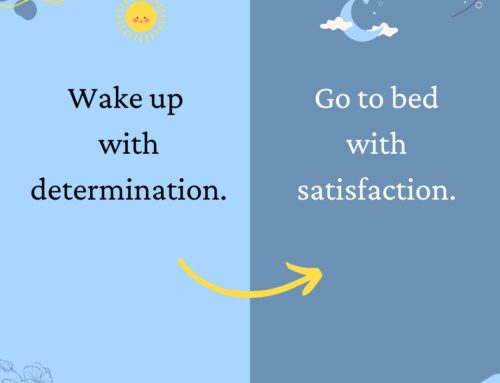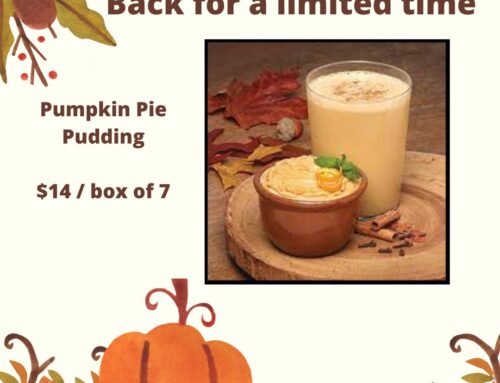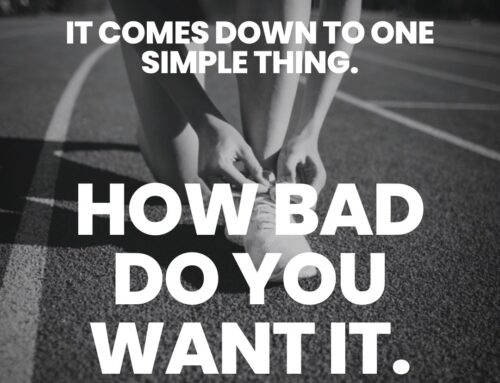Portion control will greatly improve your chances for
successful weight control.
Everything is big in America: cars, houses, malls, grocery stores, packaging, purses, and food servings. And we want it big! Look at the attached apple photo and notice the two normal-sized apples on the side of the large apple in the middle? Americans have capitalized on this infatuation with everything big – it is called super-sized. Advertising tells us we get more for our money if we purchase the super-size. Such a deal! Many people won’t even frequent a store or restaurant if the portions are too small because they think they are not getting their money’s worth. Buffet-style restaurants have never been more popular.
But the bottom line is “Portion control is out of control and big is not better!”
Is it a coincidence that Americans’ body sizes are growing in unison with super-sized food portions? There are many theories to the growth of the American girth, but I am sure super-sized portions play a significant role. Over the years, portions have been slowly increasing which makes it difficult to know what an appropriate and healthy portion is anymore.
Super-sized foods are often non-nutritious and will not help you control your weight. Restaurants that super-size food portions typically serve the least expensive items: breads, pastas, potatoes, beans and rice. They don’t usually serve a super-sized portion of shrimp or chicken. Protein is too expensive to super-size and you often have to look hard for the protein mixed in the dish.
Super-sizing really is a calorie trap.
So how do you overcome the temptations of super-sized food portions? Learn to be savvy and what a healthy food portion really looks like. The following information will give you some insight into how to be aware of traps so you can be successful when making choices for successful weight control.
First, you must tell yourself:
I will NOT have an XL mentality, especially when it comes to food. Super-sizing food portions will super-size my body. Super-sizing will not save me money – it will cost me later in my pocket book and my health.
How to Avoid Super-Sizing:
- Be careful when you shop or eat in restaurants that super-size everything – you know what stores I’m talking about. These places promote overeating.
- In a restaurant, ask the server what your meal contains. If it is loaded with carbs (potatoes, rice, or another starch), ask for spinach or veggies instead.
- While shopping, don’t be taken in by packages that scream “30% More.”
- When ordering salads in restaurants, make sure you really know what you are getting. Many salads contain excess calories and you may think you are having a “safe” chicken salad when it may contain up to 1500 calories with croutons, cheese, avocado, nuts, and dressing. While the avocado and nuts are fine, portion control still counts.
- Pay attention to your hunger level. Just because the food is in front of you doesn’t mean you need to eat it. Stop before you’re stuffed. I like to use the 70% rule – stop eating when you are 70% full. Wait. If you are still hungry, then continue eating. User smaller plates for smaller portions.
- Avoid restaurant-style buffets – they can be calorie traps. They may be cost-effective, but it is not worth getting your money’s worth.
- When ordering foods in restaurants, ordering a la carte can often be more cost-effective and the dish is not super-sized. Have a salad for starters and finish with a protein appetizer instead of an entree. Or split an entrée.
What is a healthy serving? And what does it look like?
Now that you know some of the pitfalls of super-sizing, let’s find out how many calories a healthy food serving contains and what it should look like.
| FOOD
GROUP |
CALORIES PER SERVING |
WHAT DOES IT LOOK LIKE? |
|
Protein |
125 calories/ 25 grams |
One serving of boneless chicken or turkey breast is a little bigger than a deck of cards. |
|
Vegetables Carbs |
25 6 grams |
½ cup cooked green beans or zucchini is about the size of a small orange; 1 cup of lettuce leaves is about the size of a grapefruit. |
|
Fats |
125 14 grams |
1 tablespoon olive oil or butter; 10 walnut halves; you have to measure with a spoon to see what it looks like. |
|
Legumes Carbs + Protein |
100 20 grams |
½ cup beans and lentils – measure to get an accurate visual description but about the size of a tennis ball. |
|
Dairy (not milk) Protein + Fat |
80 9 grams Protein |
1 ounce cheese is about the size of a pair of dice; low-fat cheese is about the size of three dice. |
|
Fruit Carbs |
60 15 grams |
½ of a large apple or pear; 15 grapes; one small orange. about the size of a tennis ball |
|
Starch/Grains Carbs |
80 20 grams |
½ cup cooked pasta is smaller than a tennis ball; 1 mini bagel look like the size of a hockey puck; 1/3 cup of rice is about the size of a golf ball. |
by Paula Hendricks, Nutritionist-C
(copyright hfh032013)






